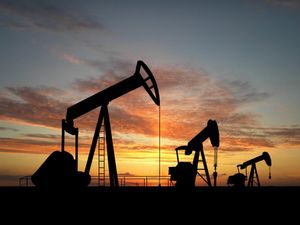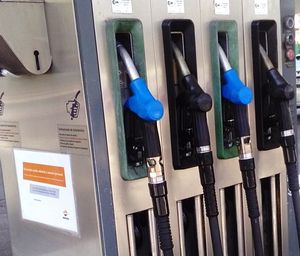The price of gasoline and diesel is breaking record after record in Spain in recent weeks. The Invasion Of Ukraine, the veto on Russian oil imports and the economic sanctions have exacerbated the rise in fuel prices. This evolution is a consequence of a climbing that was unleashed after the Christmas ‘truce’. But with the beginning of the year it shot up again. What’s going on?

The barrel of oil has reached levels not seen since 2014 and is even heading towards the historical record of more than 147 dollars in 2008. Brent Crude it is heading, according to JP Morgan, to 150 dollars. Spain imports almost 100% of its hydrocarbons, which are subject to intervention by exporting nations and by the economies that import them, which use them as a source of tax revenue. Energy costs are one of the elements that have triggered inflation the most in developed countries. In the US it has been at the level of 40 years ago and in Spain, at the level of three decades ago. In February, the year-on-year rate of inflation climbed to 7.4%. In the third quarter of last year, the rise in oil began, driven by higher demand after the restrictions due to the pandemic were lifted. Disruptions in supply related to weather events and the restriction of production by the main producers, OPEC and its associates, including Russia, called OPEC+, have also had an influence.

To oil we must add another element: the increase in demand. Families go out more, use cars more and economic activity also draws fuel and other fuels for production. The offer does not seem to improve in the short term. All of this has boosted industrial production. The cartel of exporting countries, OPEC, is not very willing to increase the production of one of the products that feeds the public coffers of its partners, which it already reduced a few months ago to adapt to lower demand. Other countries have joined this organization, which are large producers, but are not part of it, such as Russia. This control of production is one of the main factors explaining the rise in prices.

The most palpable consequence of the rise in oil and, therefore, its derivatives, and the pull in demand is a more expensive retail price of fuel. Currently, filling a 55-litre tank with petrol costs around 100 euros. At the beginning of this year, the same operation cost 81.35 and, a year ago, 65.65 euros. Oil price movements do not have a direct impact on the sale price of fuels, but they do have an impact on the wholesale markets for these derivatives. In any case, in the price of gasoline, crude oil only accounts for about 40% of the final price, while the rest are essentially taxes, as the Association of Petroleum Operators (AOP) reminds them. In this way, although the price of oil drops many times, it is not reflected in the gas stations. But on the other hand, it is noticeable more quickly when it goes up. It is what the supervisory entity, the National Markets and Competition Commission (CNMC) called the ‘rocket effect’ in the increases and the ‘pen effect’ in the decreases. All this is perceived more or less depending on the existing competition in the market. The Ministry of Ecological Transition has a search engine to see which are the most expensive and cheapest gas stations.
Related news